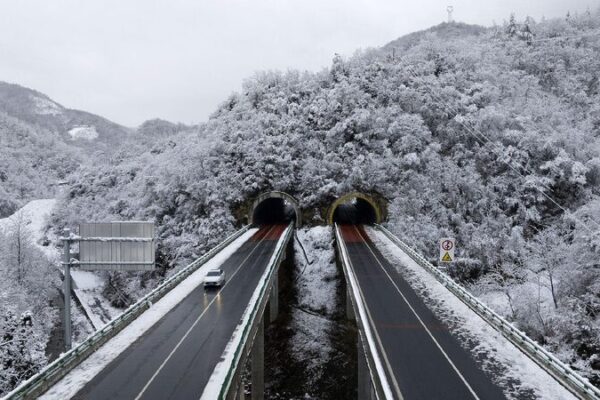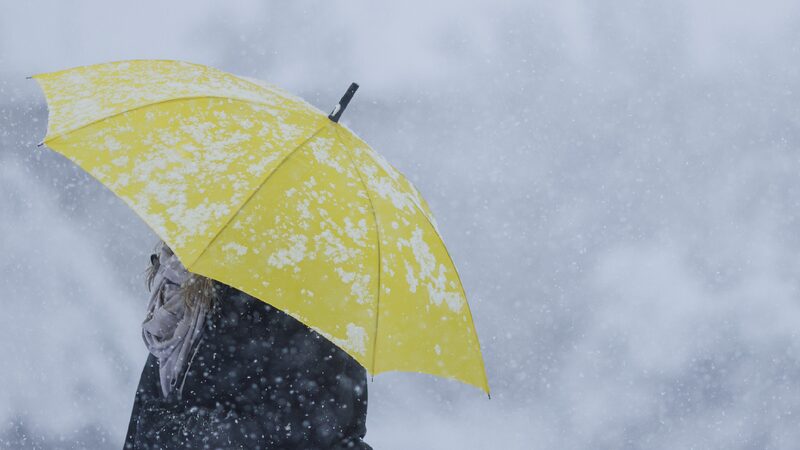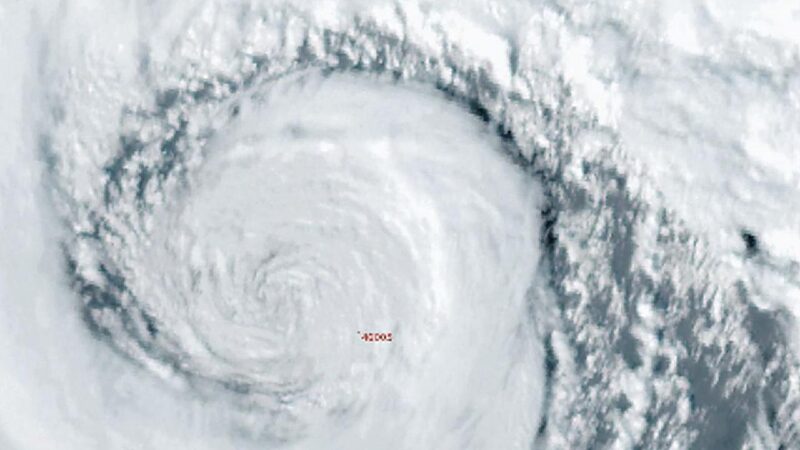A powerful cold wave is sweeping across central and eastern China, bringing strong winds and a sharp drop in temperatures. From February 6 to 7, winds intensified from north to south, impacting regions including the Inner Mongolia Autonomous Region, Shanxi and Shandong provinces, and the Beijing-Tianjin-Hebei area.
On February 6, the Inner Mongolia Autonomous Region experienced the strongest winds, followed by Shanxi and the Beijing-Tianjin-Hebei area during the day. By evening, provinces like Shandong, Anhui, and Jiangsu felt the brunt of the gale. Gusts of around level 6 are expected to reach many southern regions by February 7.
The cold wave has caused a significant temperature decline, with the Inner Mongolia Autonomous Region seeing a drop of 4 to 10 degrees Celsius on February 6. Frigid conditions are forecasted to persist until February 9, with some areas in western and central Inner Mongolia expected to plunge to nearly minus 30 degrees Celsius.
The extreme cold is affecting agriculture, prompting farmers in Ordos City to reinforce greenhouses to protect crops from frost damage.
In Beijing, authorities issued a blue alert for sustained low temperatures on February 6. Forecasts predict that from February 6 to 8, the minimum temperature in the city’s plains will remain below minus 10 degrees Celsius at night.
A key factor intensifying the cold is the wind chill effect. Experts explain that as wind speed increases, it accelerates body heat loss, making the air feel much colder than the actual temperature. If temperatures are above 0 degrees Celsius, a two-level wind increase can make it feel 3 to 5 degrees Celsius colder. Below zero, the perceived temperature can drop by 6 to 8 degrees Celsius with the same wind increase.
Authorities have issued multiple weather warnings. Shanxi province issued a high wind yellow alert on the morning of February 6, with gusts reaching level 8 in Datong, Shuozhou, and Xinzhou. A dust storm blue alert followed in the afternoon, warning of blowing dust in Taiyuan, Yangquan, and Jinzhong. Beijing recorded extreme winds with gusts of 19 to 21 meters per second, close to the record set in 1994 of 21.9 meters per second.
Experts recommend securing outdoor decorations, billboards, and temporary structures. Authorities are also urged to reinforce urban and forest fire prevention measures. Meteorologists note that strong winds, rather than snowfall, are the defining feature of this cold wave.
Reference(s):
Cold wave brings strong winds and freezing temperatures to China
cgtn.com








